The iPhone XS & XS Max Review: Unveiling the Silicon Secrets
by Andrei Frumusanu on October 5, 2018 8:00 AM EST- Posted in
- Mobile
- Apple
- Smartphones
- iPhone XS
- iPhone XS Max
Camera - Low Light Evaluation
In low-light scenarios, we should see the new iPhone XS showcase significant improvements thanks to the 50% better light capture ability of the new sensor. Apple’s still only employing a f/1.8 aperture lens on the XS - so while it will improve over past phones, at least on paper it’s still at a disadvantage to say Samsung’s latest phones, which have an extra-wide f/1.5 aperture available to them.
[ iPhone XS ] - [ iPhone X ] - [ iPhone 7 ] - [ iPhone 6S ]
[ Galaxy Note9 ] - [ Galaxy S9+ ] - [ Galaxy S8 ]
[ LG G7 ] - [ LG G6 ] - [ LG V30 ] - [ OnePlus 6 ]
[ Mi MIX2S ] - [ Pixel 2XL ] - [ P20 Pro ]
In this first shot, we immediately see the new iPhone’s advantage over last year’s flagship. There is a lot more definition in the grass, less noise throughout the image, and less blown out lights in the scene.
Unfortunately, Apple is as expected still at a great disadvantage to Samsung here, as the latter is just able to give more light onto the whole scene, and the most evident, more colour to the grass. In terms of raw low light capture, the Huawei P20 Pro is still far ahead here, thanks to its massive sensor that is able to collect significantly more light.
[ iPhone XS ] - [ iPhone X ] - [ iPhone 7 ] - [ iPhone 6S ]
[ Galaxy Note9 ] - [ Galaxy S9+ ] - [ Galaxy S8 ]
[ LG G7 ] - [ LG G6 ] - [ LG V30 ] - [ OnePlus 6 ]
[ Mi MIX2S ] - [ Pixel 2XL ] - [ P20 Pro ]
At first glance, the iPhone XS didn’t shoot a much brighter picture than the iPhone X in this construction scene. Opening up the full resolution images however shows that the new XS showcases much better details and lower noise. It’s not enough to compete with the S9+, and certainly not with the insane ISO25600 shot of the P20 Pro.
It’s interesting to see the improvements over the years from the iPhone 6S on – which barely manages to capture anything in this scene.
[ iPhone XS ] - [ iPhone X ] - [ iPhone 7 ] - [ iPhone 6S ]
[ Galaxy Note9 ] - [ Galaxy S9+ ] - [ Galaxy S8 ]
[ LG G7 ] - [ LG G6 ] - [ LG V30 ] - [ OnePlus 6 ]
[ Mi MIX2S ] - [ Pixel 2XL ] - [ P20 Pro ]
The next shot is probably the only one that I found to be really problematic for Apple. Both on the iPhone X and the new XS, the resulting images weren’t consistent in consecutive shots. In four shots in a row, the iPhone XS kept changing the colour temperature. The same thing happened on the iPhone X, so I think this was part of Apple’s exposure / colour balance algorithm.
Colour balance aside, the exposure is similar between the X and the XS, and all the improvements of the new sensor go directly into improved detail and noise reduction throughout the scene, which is significantly better again compared to last year’s iPhone.
Here Apple is very close to Samsung, showcasing a bit better shadows, but still losing out in details in some parts of the scene. The P20 Pro is yet again the low-light kind here, as it just have that much more dynamic range work with.
[ iPhone XS ] - [ iPhone X ] - [ iPhone 7 ] - [ iPhone 6S ]
[ Galaxy Note9 ] - [ Galaxy S9+ ] - [ Galaxy S8 ]
[ LG G7 ] - [ LG G6 ] - [ LG V30 ] - [ OnePlus 6 ]
[ Mi MIX2S ] - [ Pixel 2XL ] - [ P20 Pro ]
Again, the iPhone’s new sensor comes into play in these concrete trucks. The XS makes very good dealing of the blown highlights present in the iPhone X shot. Samsung is able to produce more vibrancy in the blue of the trucks. Huawei’s multi-exposure computational photography night mode is the best of all phones here as it’s just able to bring out that much more from the shadows.
[ iPhone XS ] - [ iPhone X ] - [ iPhone 7 ] - [ iPhone 6S ]
[ Galaxy Note9 ] - [ Galaxy S9+ ] - [ Galaxy S8 ]
[ LG G7 ] - [ LG G6 ] - [ LG V30 ] - [ OnePlus 6 ]
[ Mi MIX2S ] - [ Pixel 2XL ] - [ P20 Pro ]
Apple's use of SmartHDR in this picture is extremely evident, as it really brings down the highlights of the lamp and brings out more shadows throughout the scene. The XS provides better detail, but it’s not as big of a difference as we’ve seen in other shots.
Apple’s usage of HDR here puts it ahead of the Samsung devices, trading blows with the P20 Pro, winning in some regards, while losing in others.
[ iPhone XS ] - [ iPhone X ] - [ iPhone 7 ] - [ iPhone 6S ]
[ Galaxy Note9 ] - [ Galaxy S9+ ] - [ Galaxy S8 ]
[ LG G7 ] - [ LG G6 ] - [ LG V30 ] - [ OnePlus 6 ]
[ Mi MIX2S ] - [ Pixel 2XL ] - [ P20 Pro ]
Finally, I wanted to test the iPhone XS to its limits and see what it can do in essentially impossible scenarios of low light.
Exposure-wise, the iPhone XS is no better than the X here. It provides better sharpness and less noise, however the image is still too dark to be of any use. I wish Apple would introduce a more innovative low light shooting mode, such as LG’s pixel binning mode. Huawei’s ISO51200 capture of this scene is just so beyond any other current phone, that it really raised the bar in what we’d normally expect to see in a smartphone.
Low-light conclusion
The new iPhone XS sensor is a great improvement to Apple’s lineup. Its advantages over the iPhone X are clearly evident in every single low-light shot, showcasing greater detail and sharpness while reducing noise. SmartHDR doesn’t seem to be something that’s solely for daylight shots, as Apple and the iPhone XS seem to make use of it in some low-light scenarios, giving the camera a further advantage over last year’s phones.
While Apple has showcased some really good progress, it’s can still lag behind low-light image quality of Samsung and Huawei’s P20 Pro. The former’s bigger aperture is just a sheer hardware advantage, while the latter enormous sensor makes use of innovative image processing to really raise the bar in terms of extreme low light photography. Here the iPhone XS is good; but it just can’t keep up.


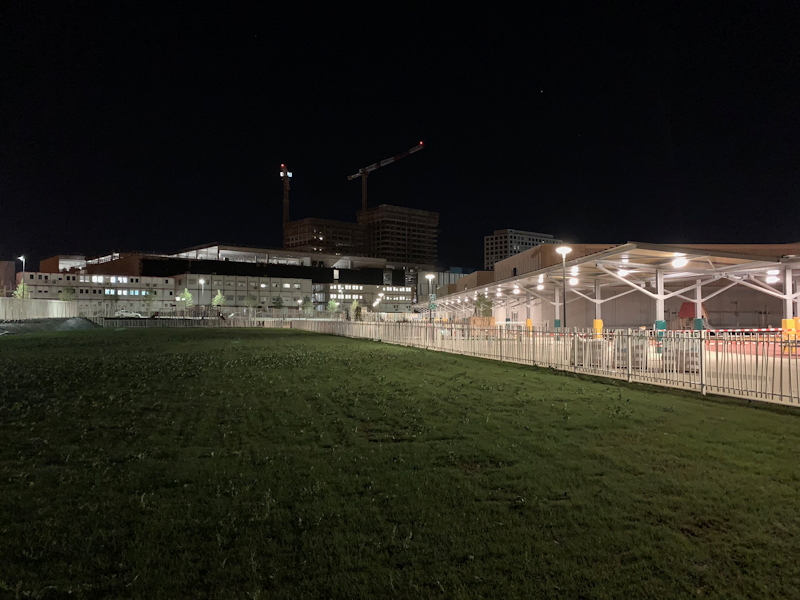
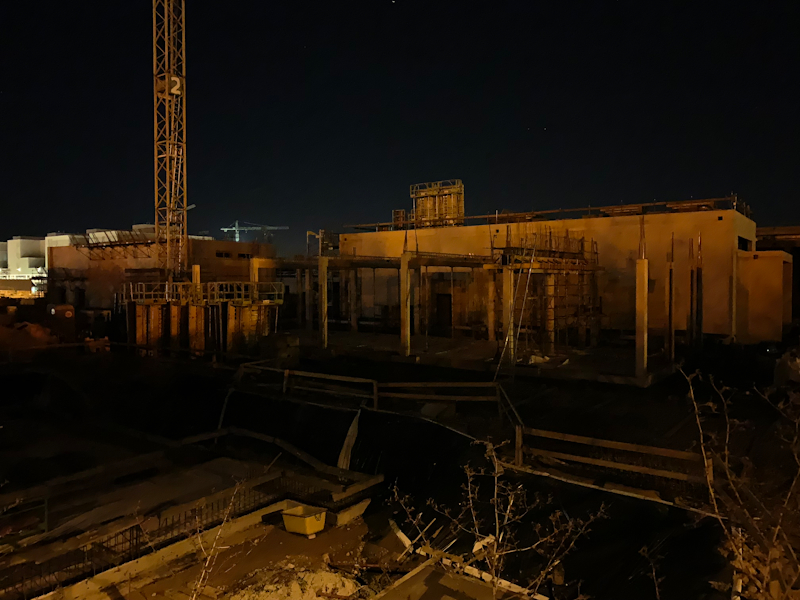
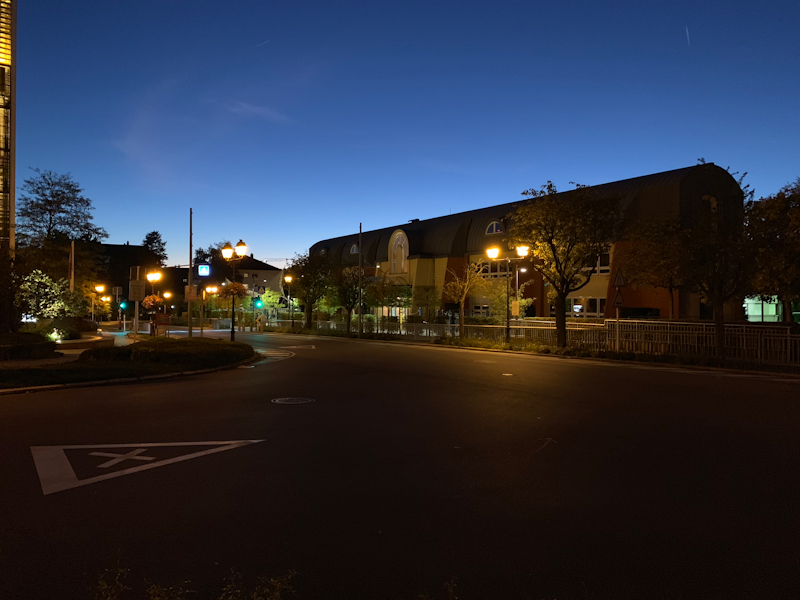
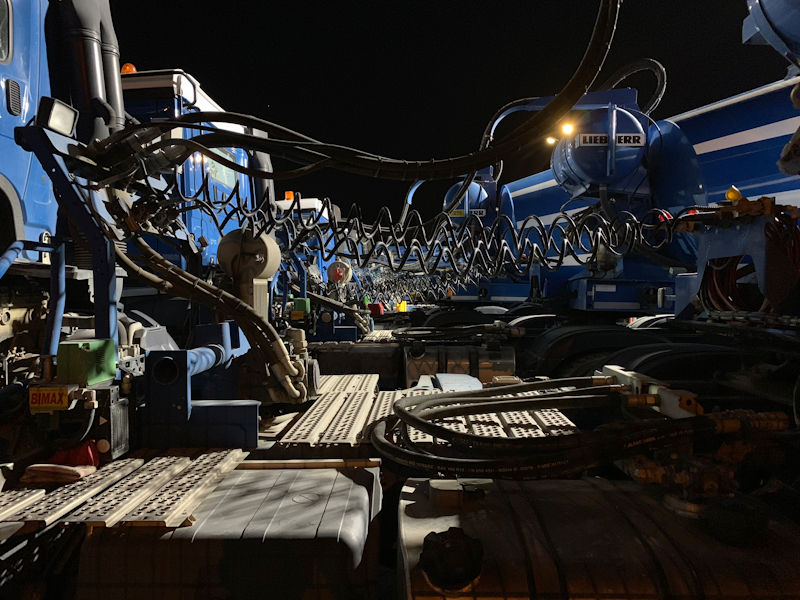
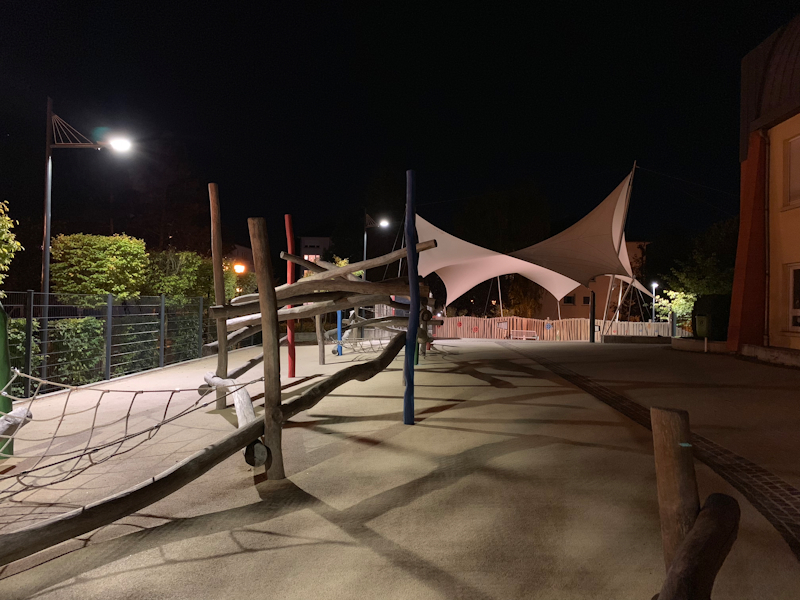
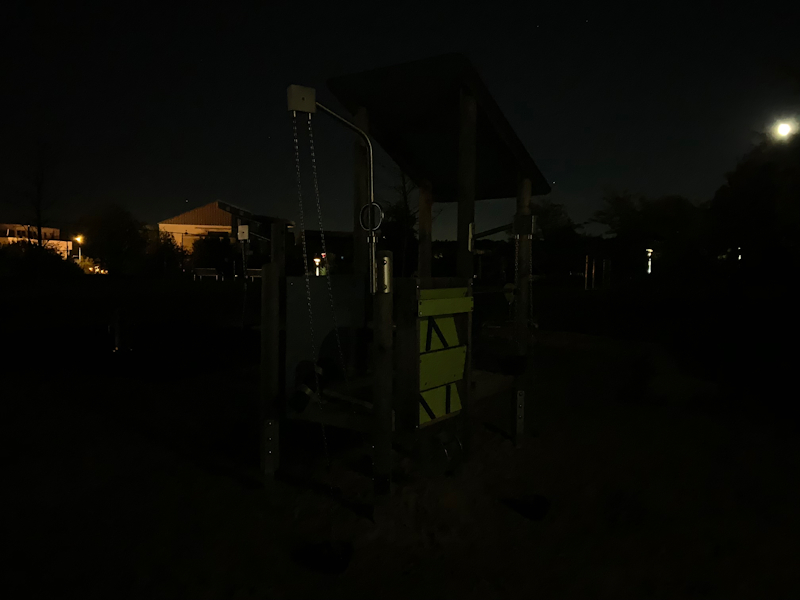








253 Comments
View All Comments
willis936 - Friday, October 5, 2018 - link
Great review. I loved the SoC analysis. There's definitely something spooky going on in an SoC with three caches that are scattered throughout the die. You do mention that there are two more fixed point ALUs but when analyzing a SPEC test result that relies on execution units you said that the A12 didn't have any execution improvements. Aren't the extra ALUs more execute?It's clearly a nice device and there are areas that saw massive improvements and other areas that are more of the same. I really appreciate that your conclusion isn't "it's a great device so buy it" but "it's a great device but really expensive".
Andrei Frumusanu - Friday, October 5, 2018 - link
The A11 had two more ALUs over the A10, the A12 doesn't improve in this regard.3DoubleD - Friday, October 5, 2018 - link
More than half the die shot was unlabeled. I found it strange that over 50% of the die wasn't worth discussing... what does it do? Are these fixed function units, modems, ISPs, ect.?It's really amazing how the CPU and GPU are taking less and less space on a SoC.
shabby - Friday, October 5, 2018 - link
It's not like Apple gives out these die shots with everything labeled, we're basically guessing what everything is.melgross - Saturday, October 6, 2018 - link
Nobody knows what the entire chip does. Since Apple doesn’t sell their chips they’re not obligated to tell us all of the secret sauce that’s in there.Ironchef3500 - Friday, October 5, 2018 - link
Thanks for the review!bull2760 - Friday, October 5, 2018 - link
I returned my MAX because of antenna signal issues. I upgraded from the 8 plus and while it was super fast it definitely has issues. I drive the same route to work everyday and in the few days I had the phone I had 4 dropped calls in the middle of conversations and when I looked at the screen is said call failed. One call to my wife I had 2 calls failed within 5 minutes. From my research the dropped calls are related to the new antenna system that Apple is using. Unless you are in a strong signal area you will receive a lot of dropped calls. From what I'm reading this has nothing to do with switching to Intel from 3Com it is directly related to the choice of antennas. Had 3Com had a chip ready to go with the same specs it too who have similar signal issues because of the antennas. The other issue I was having was network connectivity. I would be connected to my wireless at home or at work and often get page cannot be displayed errors and I need to check my network. I was clearly connected to my wireless network. I would turn the wireless on and off and it would start working. Speeds were crazy too. One minute you'd get really fat throughput and the next it would be crazy slow. I'd hold off on purchasing the new phones until Apple sorts out the bugs.FunBunny2 - Friday, October 5, 2018 - link
ehh?? everybody knows that if you want to use a telephone, you get a landline. mobile phones ceased being about phone calls at least a decade ago. what?? for a Grand$ you want to talk to someone??? how Neanderthal.PeachNCream - Friday, October 5, 2018 - link
Hah! I love the sarcasm!On a serious note though, I do wonder how long we'll even have a phone network or carriers that treat voice, text, and data as individual entities. We can and have already been able to do VoIP for what feels like ever and calling over WiFi is a thing. It'd make sense to just buy data and wrap up voice and text inside 4G or whatever.
FunBunny2 - Friday, October 5, 2018 - link
"It'd make sense to just buy data and wrap up voice and text inside 4G or whatever."I suspect that some scientists/engineers have run the numbers to see what that does to data capacity. which may be why it hasn't happened. or, it could also be that the data scientists at the carriers (and phone vendors) have found that smartphone users really don't make enough phone calls to warrant supporting decent quality.